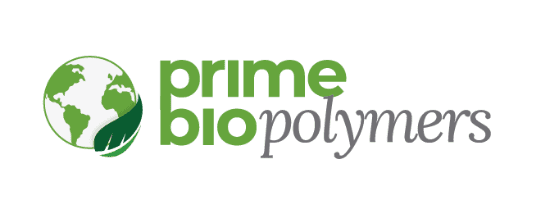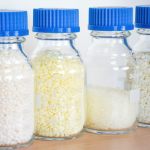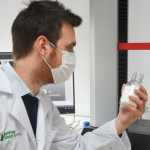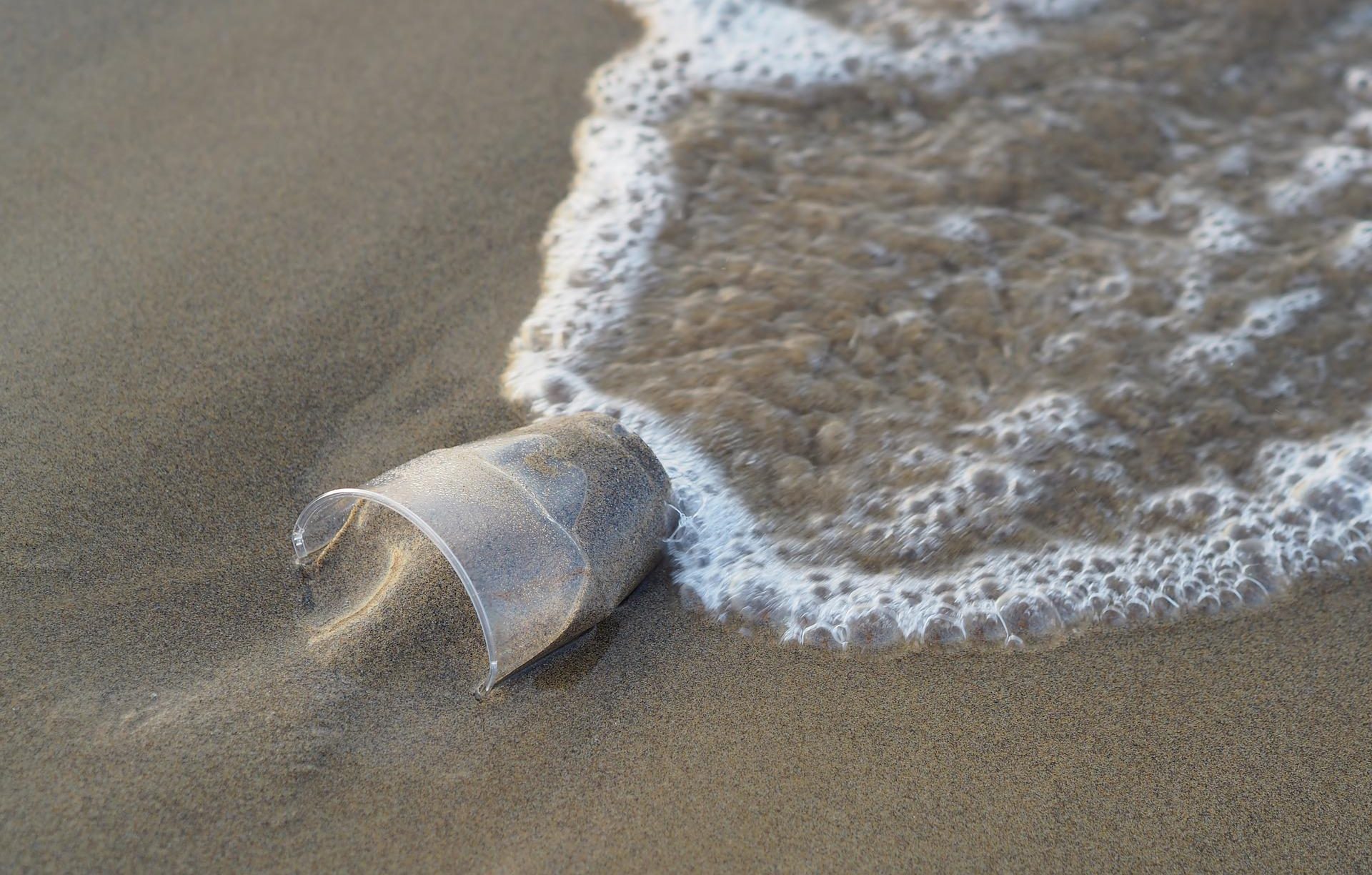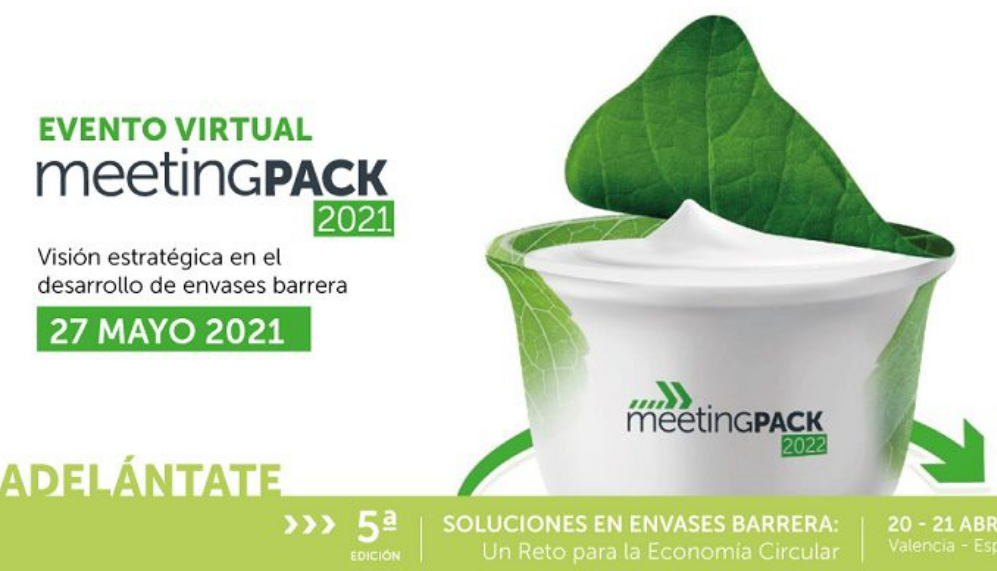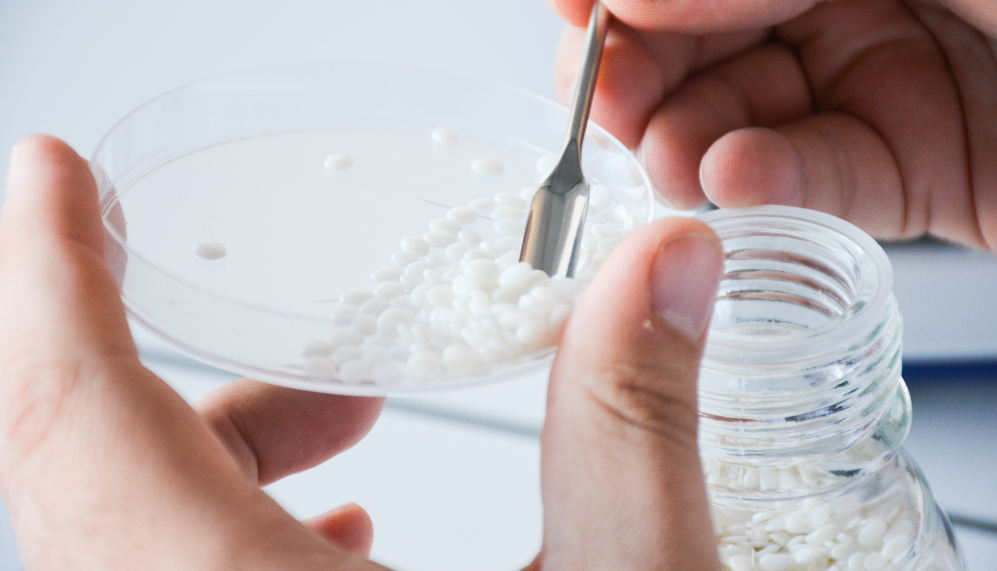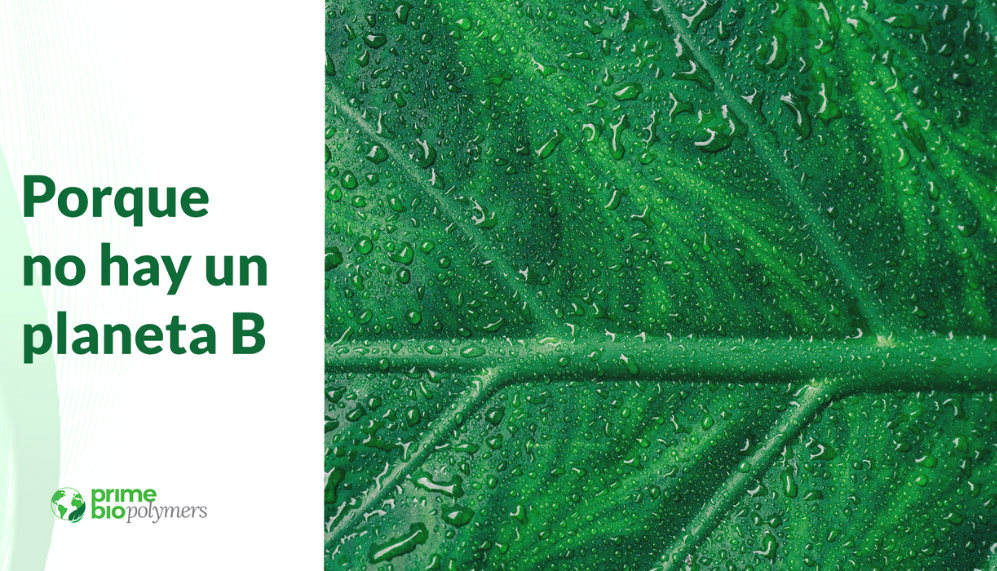
Find out what “Circular Economy” means
In december 2015, the European Comission adopted an action plan with the ultimate goal of contributing to the overall acceleration of Europe towards a system based on the circular economy.
The needed to boost sustainable economic growth and the creation of new jobs (up to 580,000 jobs in the EU) were established as priority measures.
“Circular economy” is a concept that is associated with sustainability, as its main idea is based on the intention that products, materials and resources remain in the economic cycle for as long as possible. In this way, waste generation would be reduced to the minimum possible. In other words, it is a non-linear economic model, based on the principle of “closing the life cycle” of products.
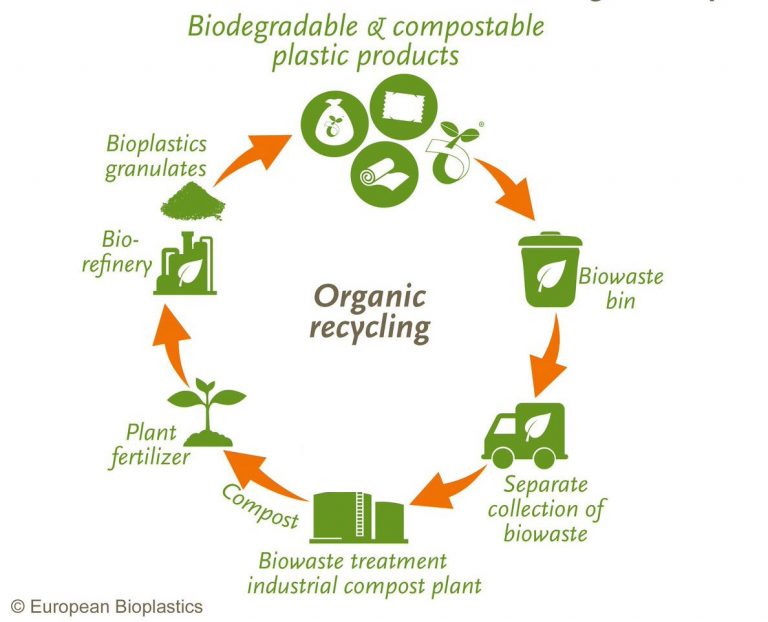
In other words, it is a model of production and consumption that seeks to reuse, recycle and renew existing products as often as possible in order to extend the life cycle of products and thus create added value.
To realise the concept of circular economy, we find that we have to deal not only with changes in our economic model, but a systemic change that will also affect the environmental, social and manufacturing aspects of our society.
Circular Economy: EU action plan
The circular economy action plan was presented as part of the EC’s industrial strategy. This plan sets out a total of 54 measures to close the life cycle of products: from production and consumption to waste management and the secondary raw materials market.
The priority sectors to carry out this transformation towards the circular economy are:
- Plastics
- Food waste
- Critical raw materials
- Construction and demolition
- Biomass
- Biomaterials
How can plastics contribute to the circular economy?
Plastics have been defined by the European Union as one of the priorities of the action for the circular economy. Such is the commitment to this sector that a strategy has been prepared to address the challenges posed by plastic throughout its entire value chain, taking into account its entire life cycle.
As a result, the Commission confirmed that it would pay close attention to plastics production and use and ensure that it would reduce plastic waste generation and increase investment in R&D to make all packaging reusable or recyclable by 2030.
Compostable packaging in the circular economy
Compostable packaging can be a very smart solution to the plastics problem. This is because compostable materials can be biobased, i.e. of plant origin and not from renewable materials such as petroleum. In addition, they biodegrade and return to the earth in the form of water, fertilizer and Co2, bringing the circular economy full circle.
It is also important to note that compostable plastics can be used in many applications and generate a large number of eco-designs.
In short, the circular economy is a model that seeks to make raw materials part of a closed system where they are given the longest possible useful life. In this way, we will achieve the maximum reduction of non-organic waste, such as plastics in the sea, by focusing on the compostability and reuse of raw materials.
As a result, moving towards a more circular economy could generate benefits such as reducing pressure on the environment, improving the supply and handling of raw materials and increasing investment in R&D, a source of economic growth and employment.
Prime Biopolymers, a bioplastics development company.

